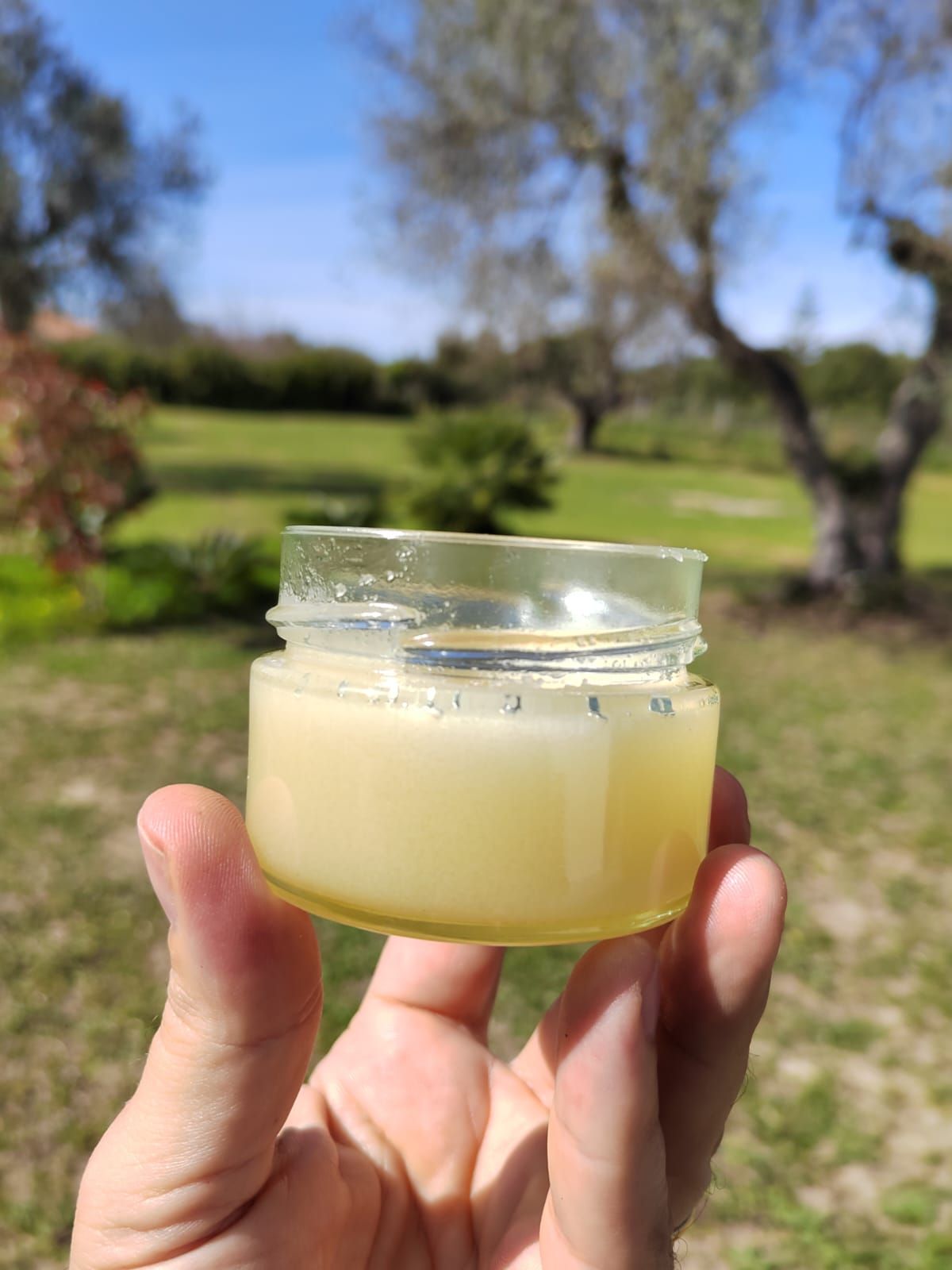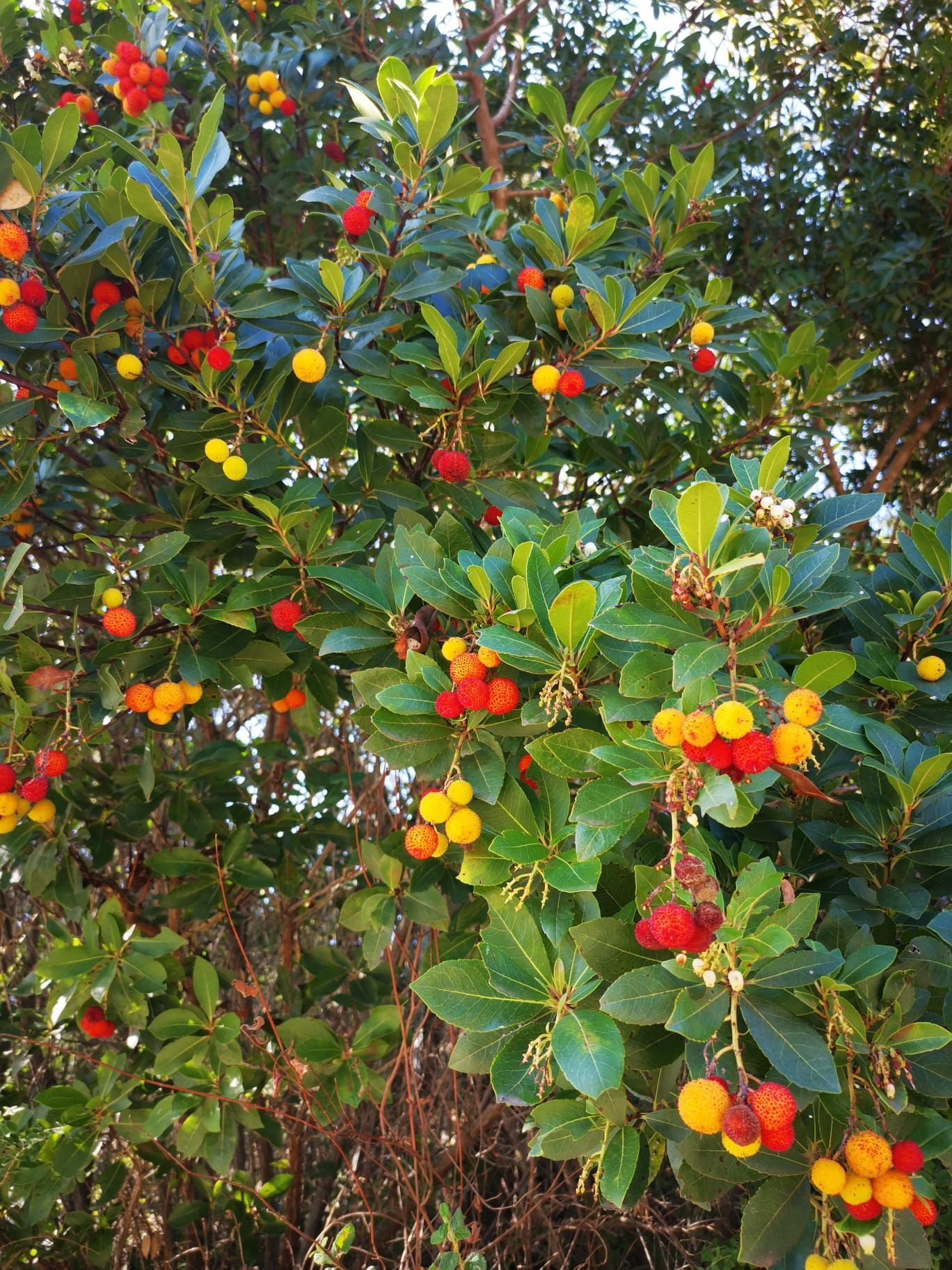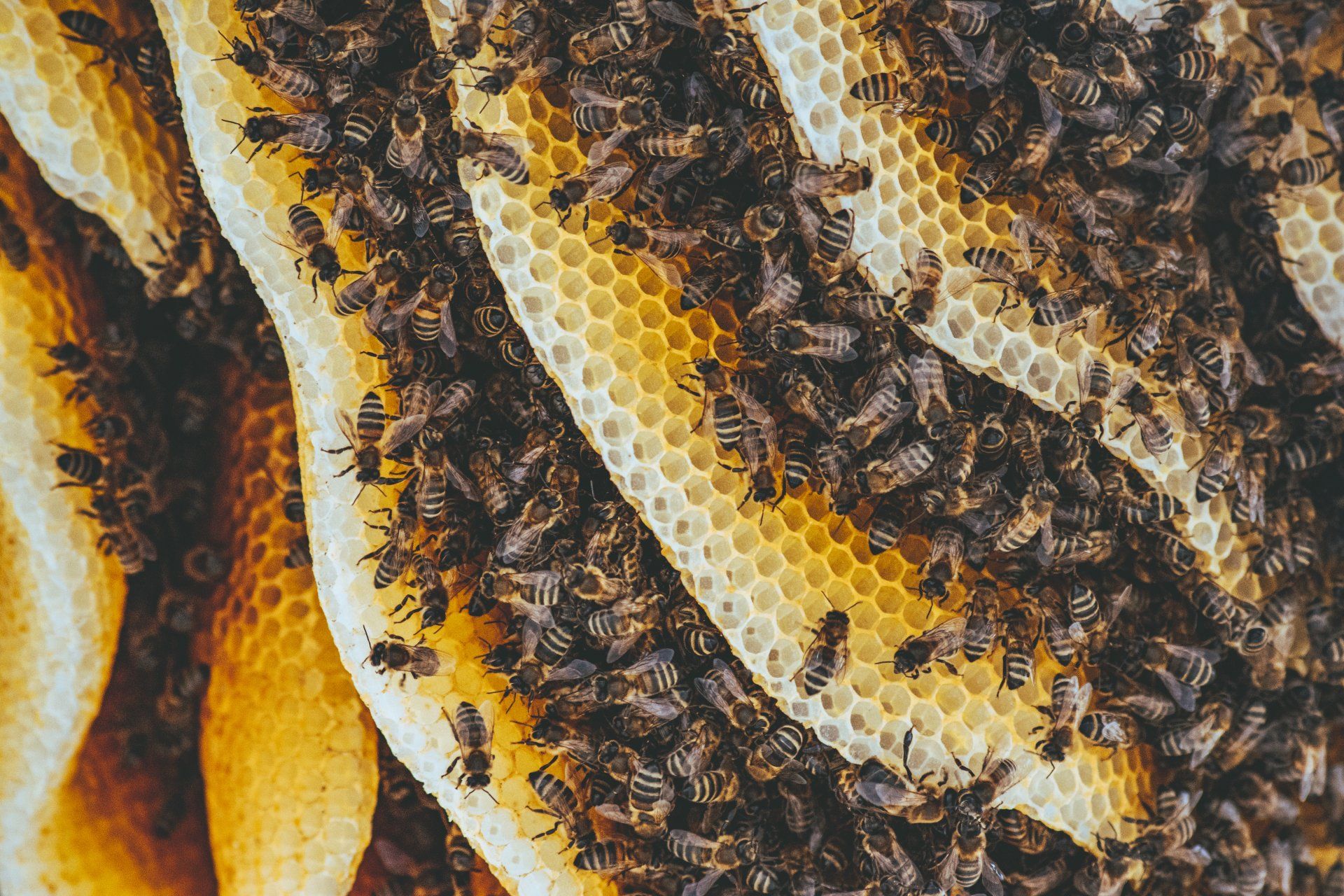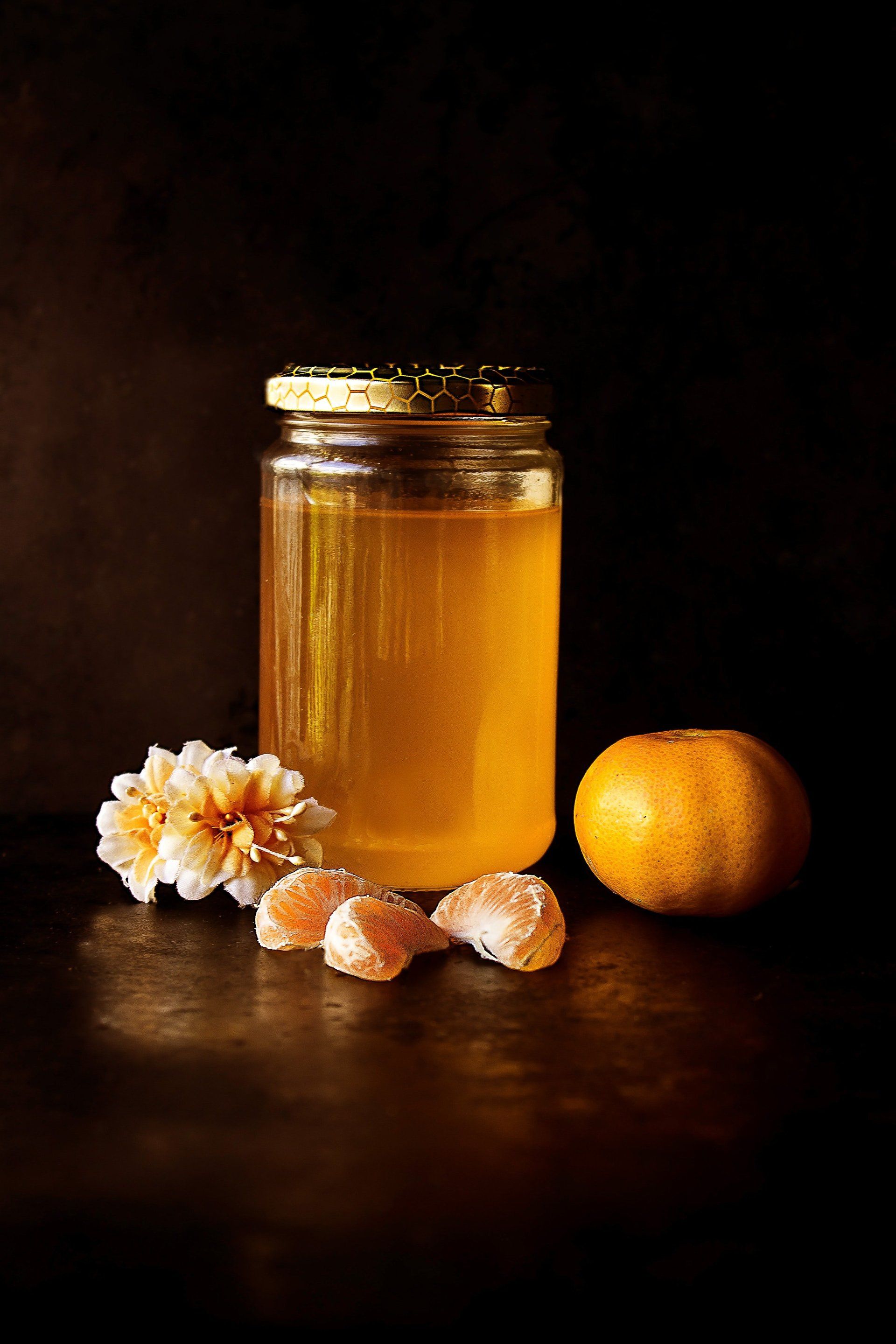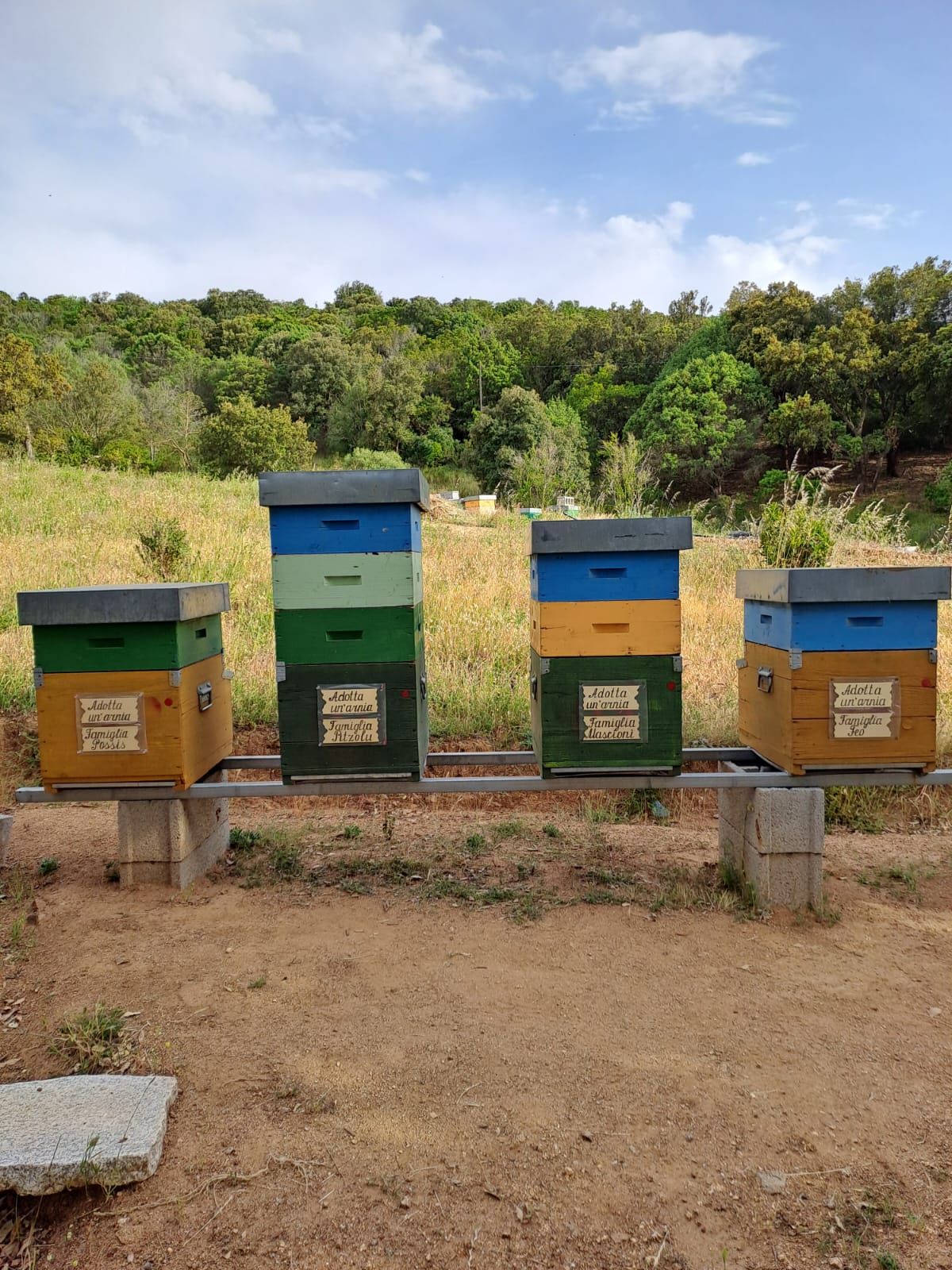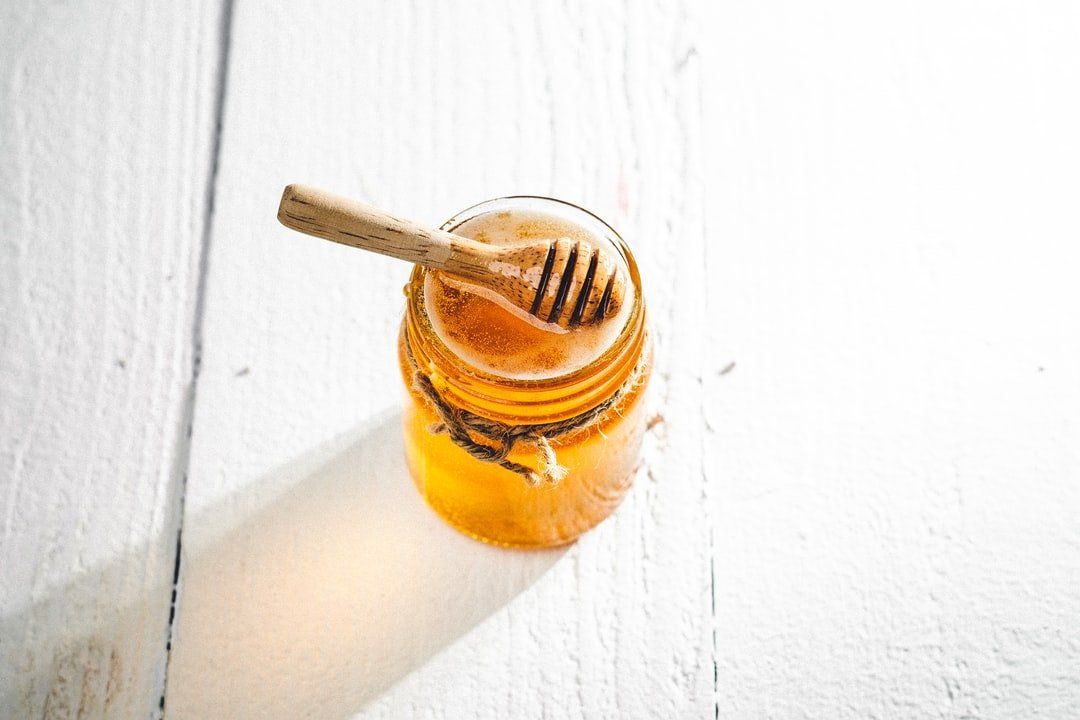The Miracle of the Strawberry Tree
James Martin • 19 August 2021
From this odd fruit nobody eats, Europeans make honey and liquors with curative properties
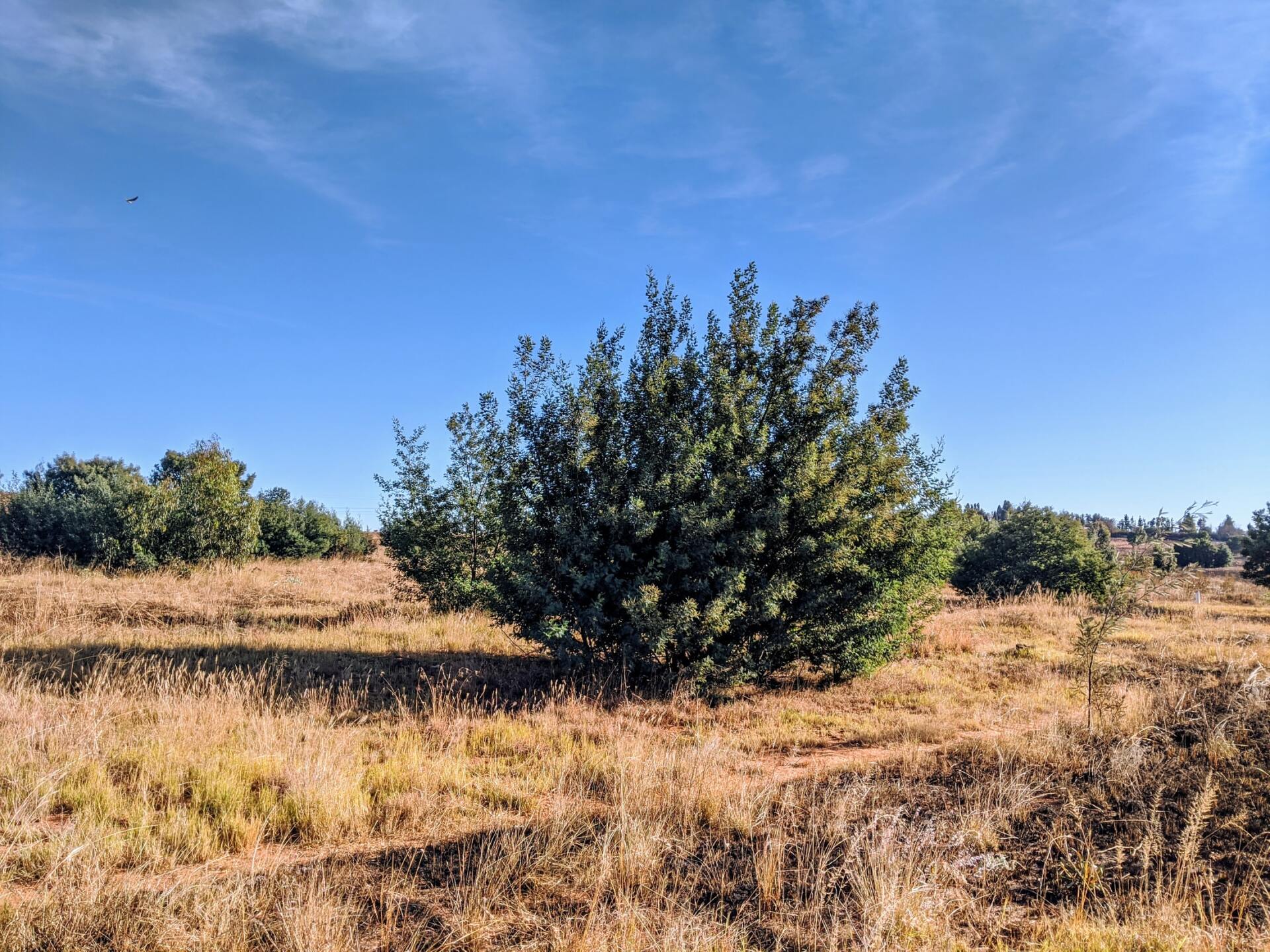
Chances are you’ve never heard of a Strawberry Tree. When ripe, its strawberry-colored fruits are spiky and usually quite round. You wouldn’t mistake them for a real strawberry. You wouldn’t eat them, probably, because they don’t have much of a taste.
Scientifically the tree is called arbutus unedo, a shrub in the family of Ericaceae. This Mediterranean native is highly widespread in Sardinia.
Sardinia is where you’ll find the famous arbutus honey called “miele amaro”, bitter honey in Italian, and sometimes labeled as miele di corbezzolo, or corbezzolo honey. It’s a fantastic honey, balancing its sweetness with the long-lasting bitterness derived from the arbutus. It’s expensive, but worth it. When I’m in Italy, I try to keep some on hand all the time.
But the miracles?
Yes, ok, the Sardinian honey is like medicine, more so than other honeys.
The arbutus honey has a large number of therapeutic properties. It is very effective in the treatment of the flu, especially in the suppression of the cough. It is also of a great help in asthmatics states and, in general, for respiratory diseases. The high concentration of glucose and the acidic PH provide this honey with a strong antibacterial effect. It has anti inflammatory and cleansing properties, is a great antiseptic of the urinary tract, and also has diuretic and anti-diarrhea properties. In the Sardinian tradition, it has for long been used to facilitate sleep: eating a teaspoon of this honey before going to bed will help you to rest better.
Arbutus honey is great with fresh cheese, ricotta, pecorino cheese (Italian sheep cheese), but also with walnuts and the Sardinian carasau bread. It is often used in desserts such as ice cream and sebadas (a Sardinian dessert). Last but not least, arbutus honey is used to make alcoholic drinks such as honey brandy (acquavite al miele), a typical grappa of Sardinia. — Arbutus Honey
And Now for Something Completely Different: On to Madrid, Spain
So lets head west until we come to Madrid in the center of Spain, where the strawberry tree is special for a totally different reason. Namely booze.
Madrid’s unique liquor uses what they call madroño berries that grow in the strawberry trees in the city. And here’s another miracle that contributes: these berries ferment naturally while they are still on the plant!.
God provides for those who cannot afford ferment tanks.
More Miracles:
Folk medicine from the 16th century included boiling the leaves of the madroño tree toward creating an elixir that was effective in reducing fevers. Like the Portuguese ginginha, a sour cherry liquor that Spain’s neighbors claim makes one healthy, young, and beautiful, madroño liqueur also purports health benefits, if enjoyed in moderation, of course.— El Madroño – Madrid’s Strawberry Tree
And finally, according to Wikipedia: “In Portugal, the fruit is sometimes distilled (legally or not) into a potent brandy known as medronho”.
So there you have it. Strange fruit indeed.



